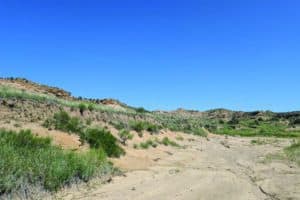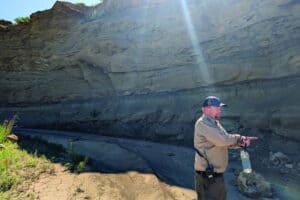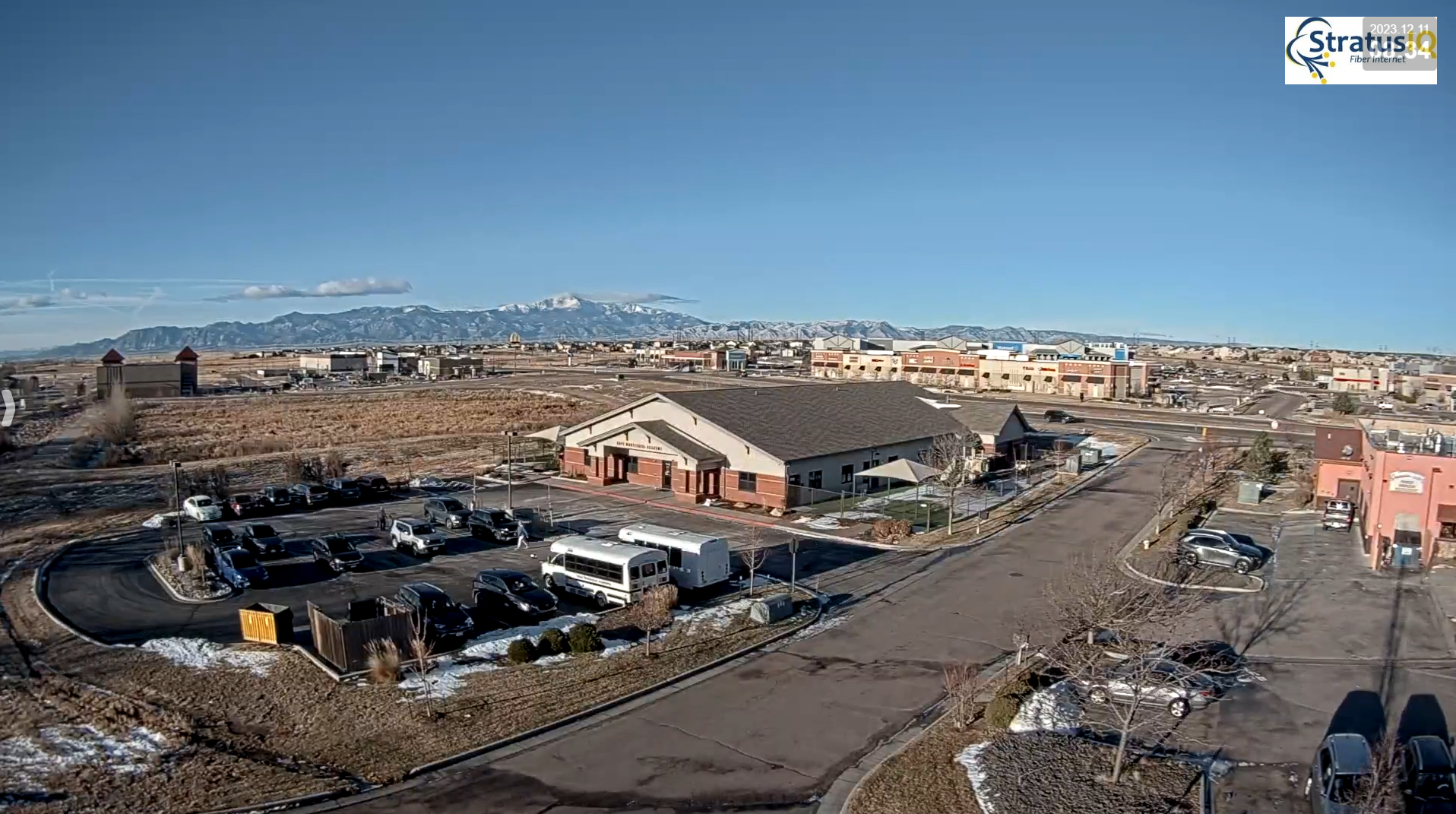Coben Scott is a history graduate, a history buff, and he has explored and researched much of Falcon and the area’s past. Coben’s column, Yesteryear, features stories about the history of the plains.
Black Squirrel Creek Bridge
By Coben Scott
Although Falcon doesn’t hold many local legends, the story of the Black Squirrel Creek Bridge is probably the most well-known.
With the invention of the automobile and public accessibility soon after, a transcontinental highway was a necessity for Americans. Prior to the concept of a modern interstate highway, roads consisted of streets through towns and small highways that ran next to railroads or on old settler trails.
The Pike Peak Ocean to Ocean was one of the first groundbreaking highways in the nation. Plans called for a highway that would begin in Colorado Springs and stretch across the country from San Francisco to Washington DC. Plans eventually changed to have the highway reach Los Angeles and extend to New York City. The highway was completed 10 years later in 1924. Although the road had some forks and splits, the stretch through Falcon stayed constant.
By the 1930s, small updates popped up here and there, one of which was the construction of the once iconic green steel bridge between Falcon and Peyton. The builders were Charles Horner & A.S. Owen; the two used the popular Parker through truss method to reinforce the bridge so it would last nearly 100 years. (A Parker through truss bridge is a type of truss bridge characterized by an inclined top chord, a variation of the Pratt truss design, and was popular for longer spans, especially in the 20th century.)
This bridge in color, design and story left an impression on the area even after its reconstruction.
While creating the foundation concrete structures, small rooms with what appeared to be barred windows and doors were visible. These little details have left 70 years of speculation and rumors about the structure. One story indicated the rooms were for the builders or bridge construction workers. Another rumor surfaced that the rooms housed chain-gang workers while they maintained the road. However, the story that was especially well-known involves World War II.
During WWII, Colorado Springs started to build its military presence, specifically Fort Carson. During the war, Fort Carson was one of the primary places in the nation to keep German prisoners of war. The 1990 film, “The Incident,” represents this era in Colorado Springs. These prisoners were sent from all over the country to Fort Carson; they sometimes traveled in paddy wagons along the Pikes Peak Ocean to Ocean Highway. Legend has it that before making it to base, transporters would stop along the side of the road and lock Nazis in the cells under the bridge before making it to Fort Carson the next day. Keep in mind, the roads and cars we currently have that can take us across town in 40 minutes were a lot different, even in the 1940s. So stopping for the night, just a town or two over, after a long day of travel wasn’t uncommon. After the guards rested either in their trucks or in Peyton or Falcon, they would gather the prisoners and continue their trip. Some haunting stories say that the POWs were tortured or forgotten about in those cells.
It was thought that these stories likely floated around as bored teens drinking under the bridge came up with tall tales to pass the time, which became solidified in our local lore. Many old timers in the area claim to have never seen or heard of the story, but others say it’s true.
The old bridge remained until 2012 when the county decided safety changes were needed for the structure. They removed the iconic green arch and changed out the bridge for a similar steel design like others around it, despite being on the National Historic Places Registry. Although I’m not sure if the old cells are still present under the bridge, there is a nice marker on the end of it sharing its history and legends. With legends, an information board, and those who know of its history, the old bridge still lives. So when you drive east on Highway 24 and you have a car full of people closing in on Peyton, share something about the legend of the Black Squirrel Creek Bridge (just two bridges before entering northeast Peyton), repeat some history, spin some tales and have fun with it. Even if it isn’t necessarily factual!





